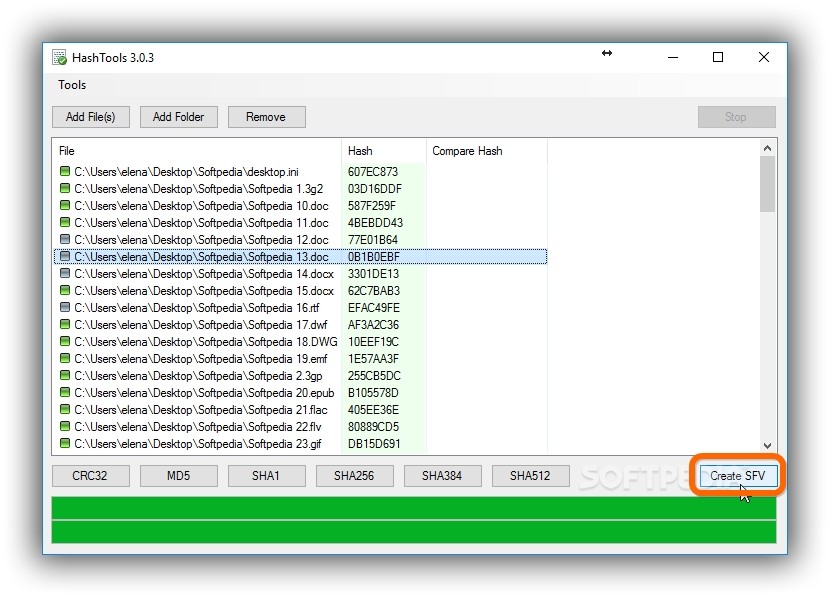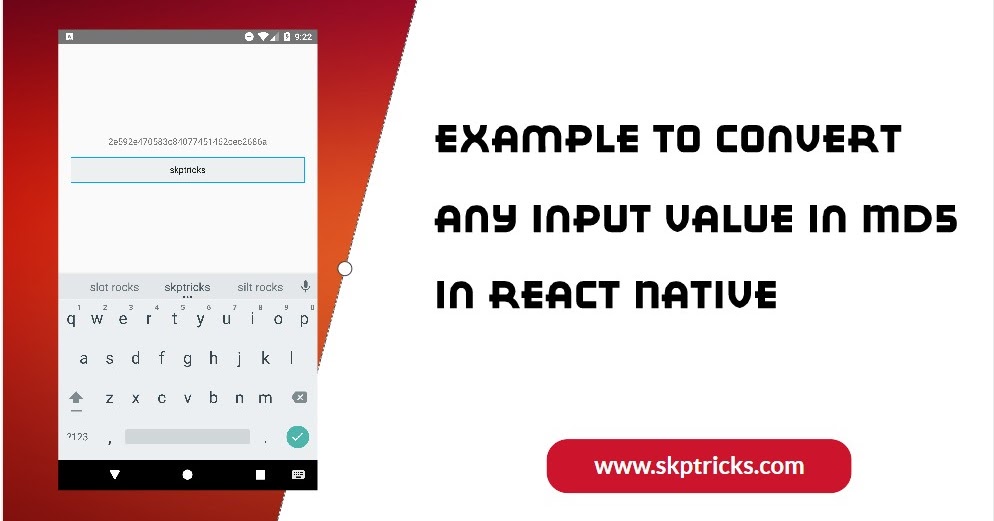

- How to change md5 of file how to#
- How to change md5 of file code#
- How to change md5 of file windows#
Note: To remove the context menu entry, double-click the file to run it. Open Notepad and paste the file hash stored in the clipboard. It adds the Get File Hash command in the context menu.Ĭlicking on the menu item computes the SHA256 hash and copies it to the Clipboard automatically.

SCmd = "cmd.exe /c certutil.exe -hashfile " & sFileName & " SHA256" & _ SCmd = "reg.exe delete HKCU\Software\Classes\*\shell\gethash" & " /f" WshShell.RegWrite "HKCU\Software\Classes\*\shell\gethash\command\", sCmd, "REG_SZ" WshShell.RegWrite "HKCU\Software\Classes\*\shell\gethash\", "Get File Hash", "REG_SZ" StrInput = InputBox("Type ADD to add the Get File Hash context menu item, or REMOVE to remove the item", "ADD") Set WshShell = WScript.CreateObject("WScript.Shell") 'Created: Jby Ramesh Srinivasan - ĭim WshShell, sOut, sFileName, sCmd, oExec, strInput 'SHA256 hash for the file is copied to the clipboard automatically vbs extension – e.g., get-hash-certutil.vbs in a permanent folder.
How to change md5 of file code#
How to change md5 of file windows#
reg file Windows Registry Editor Version 5.00Ĭertutil.exe is a built-in command-line program that is installed as part of Certificate Services. To remove the context menu option you added, use this undo. The command launches PowerShell, which in turn generates the file hash and copies it to the clipboard automatically.
How to change md5 of file how to#
For more information, see the article How to create and use. Copy the above lines to Notepad and make a.reg file: Windows Registry Editor Version File -WindowStyle Minimized -command get-filehash -literalpath '%1' -algorithm SHA256 | fl | clip" To add the PowerShell command to the right-click menu for files, here is a.

To copy the output to the clipboard, pipe the output to the clip command, as below: get-filehash -path "C:\Users\ramesh\Desktop\reinstall-preinstalledApps.zip" | format-list | clip Integrate the command to the right-click menu The acceptable values for the -Algorithm parameter are: To use any other algorithm - e.g., SHA384, you can add the -Algorithm SHA384 parameter to the above command-line.Įxample: get-filehash -path "C:\Users\ramesh\Desktop\reinstall-preinstalledApps.zip" -Algorithm SHA384 | format-list Path : C:\Users\ramesh\Desktop\reinstall-preinstalledApps.zip This outputs the file hash (by default, it uses the SHA256 algorithm) as shown below: Here is the command-line example: get-filehash -path "C:\Users\ramesh\Desktop\reinstall-preinstalledApps.zip" | format-list Using Windows PowerShell ( powershell.exe), you can quickly get the file hash with a single command-line. Using HashTools Get File Hash Checksum via the Right-click Menu in Windows Using PowerShell.Using Certutil.exe (built-in to Windows).


 0 kommentar(er)
0 kommentar(er)
